
How BlackBerry Dominated the Smartphone Market in Its Prime
How BlackBerry Dominated the Mobile Phone Market in Its Heyday
In the early 2000s, BlackBerry was the undisputed king of the smartphone world. Before iPhones and Androids became household names, BlackBerry reigned supreme, setting the standard for mobile communication and innovation. With its iconic physical keyboard, secure messaging system, and business-centric features, BlackBerry wasn’t just a phone—it was a status symbol, particularly in the corporate world.
In this blog, we’ll take a nostalgic look back at how BlackBerry became the powerhouse of its time, the reasons behind its dominance, and what led to its eventual decline.
1. The Birth of a Legend
- A Revolutionary Device: BlackBerry was born in 1999, created by the Canadian company Research In Motion (RIM). Its first major success came with the BlackBerry 850, a two-way pager that allowed users to send and receive emails—a groundbreaking feature at the time. This was the beginning of a new era in mobile communication, one that BlackBerry would lead for years.
- Iconic Design: One of the defining features of BlackBerry devices was their physical QWERTY keyboard. While other phones at the time relied on basic keypads or early touchscreens, BlackBerry’s tactile keyboard allowed for quick and accurate typing, making it the go-to device for professionals who needed to send emails and messages on the go.
2. Why BlackBerry Took Over the Market
- Unmatched Security: BlackBerry’s success wasn’t just about its hardware; it was also about its software. The BlackBerry OS was known for its robust security features, which made it the preferred choice for businesses and government agencies. The encrypted messaging service, BlackBerry Messenger (BBM), became the gold standard for secure communication, offering end-to-end encryption long before it was a standard feature in other messaging apps.
- Push Email Technology: BlackBerry was one of the first to introduce push email technology, which delivered emails to users in real-time. This was a game-changer for business professionals who needed to stay connected at all times. The ability to instantly receive and respond to emails gave BlackBerry users a significant edge in productivity.
- Battery Life and Reliability: In an era where mobile phones were just beginning to evolve into smartphones, BlackBerry stood out for its impressive battery life and reliable performance. Users could go days without charging their devices, a stark contrast to the daily charging routines required by today’s smartphones.
- Corporate Appeal: BlackBerry wasn’t just a phone; it was a business tool. Its features were tailored for corporate users, with advanced calendar functions, task management, and secure corporate email access. For many, owning a BlackBerry was a sign that you had “made it” in the business world.
3. Cultural Impact: The ‘CrackBerry’ Phenomenon
- Addictive Usage: The term “CrackBerry” was coined to describe the addictive nature of BlackBerry devices. Users were constantly glued to their phones, checking emails, sending messages, and staying connected. The device became so ingrained in the daily lives of professionals that it was often seen as an extension of their own identity.
- Celebrity Endorsement: BlackBerry also found popularity outside of the corporate world. Celebrities and public figures were often spotted with a BlackBerry in hand, further boosting its appeal. It became a status symbol, representing success, connectivity, and modernity.
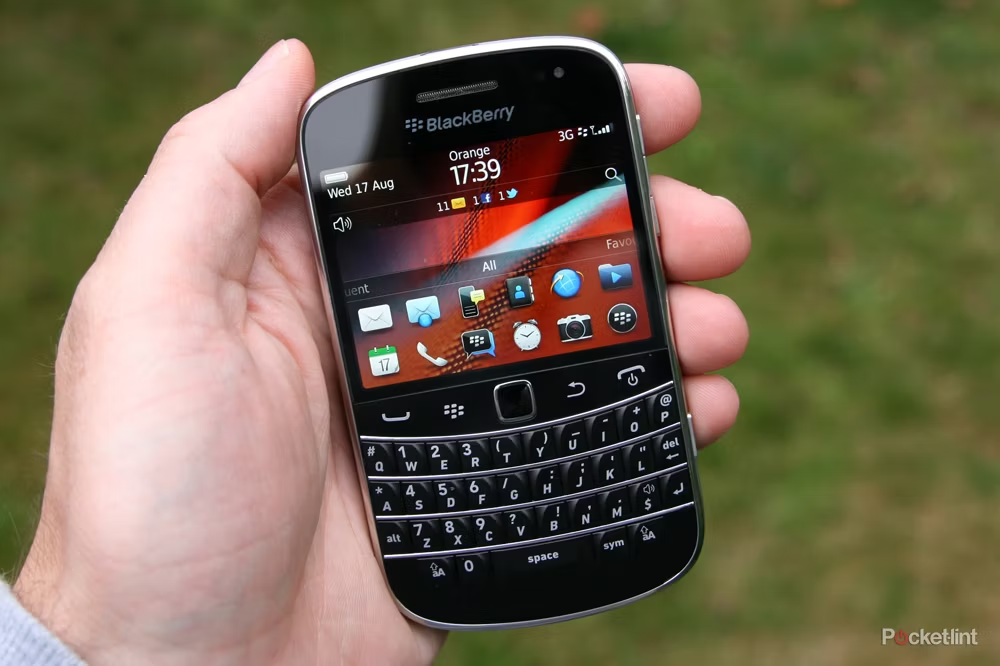
4. The Rise of Competitors and BlackBerry’s Decline
- Enter the iPhone and Android: BlackBerry’s dominance began to wane with the introduction of Apple’s iPhone in 2007 and the subsequent rise of Android smartphones. These new devices offered large touchscreens, a wealth of apps, and a more intuitive user interface, which quickly captured the consumer market.
- Failure to Innovate: While Apple and Google were rapidly innovating, BlackBerry struggled to keep up. The company clung to its physical keyboard and secure messaging features, failing to recognize the importance of apps and the growing demand for a more versatile smartphone experience. Attempts to introduce touchscreen models like the BlackBerry Storm and later the BlackBerry 10 series were too little, too late.
- Declining Market Share: By the early 2010s, BlackBerry’s market share had plummeted. The once-dominant brand was now struggling to maintain relevance in a world increasingly dominated by iPhones and Android devices. Despite efforts to pivot and innovate, BlackBerry’s fall from grace was rapid and irreversible.
5. Legacy and Lessons Learned
- Lasting Impact: Despite its decline, BlackBerry’s legacy in the smartphone world remains significant. It pioneered features that are now standard in modern smartphones, such as secure messaging, push email, and corporate integration. For many, BlackBerry represents a golden era of mobile communication, one defined by productivity, reliability, and innovation.
- Lessons for the Tech Industry: BlackBerry’s story serves as a cautionary tale for tech companies. It highlights the importance of continuous innovation and the need to adapt to changing market demands. In the fast-paced world of technology, resting on past successes is a recipe for obsolescence.
6. The Final Chapter
- End of an Era: In 2016, BlackBerry officially ceased manufacturing its own smartphones, transitioning to software and security solutions. The BlackBerry brand continues to exist, but its days as a mobile phone giant are over. Today, BlackBerry devices are a rare sight, cherished by a small group of enthusiasts who remember the brand’s heyday.
- Nostalgic Revival: There have been attempts to revive the BlackBerry brand, with companies like TCL licensing the name to produce new devices. However, these efforts have met with limited success, and it’s clear that BlackBerry’s place in the smartphone world is now a thing of the past.
Conclusion: Remembering the BlackBerry Era
The story of BlackBerry is one of innovation, success, and ultimately, a failure to adapt. For a time, BlackBerry was the pinnacle of mobile communication, a device that defined an era and changed the way we connected with the world. While it may no longer dominate the smartphone market, its influence is still felt today in the features and technologies that have become standard in the devices we use every day.
As we look back on the rise and fall of BlackBerry, we’re reminded of how quickly the tech landscape can change. But for those who experienced it, the BlackBerry era will always hold a special place in the history of mobile technology.
Stay tuned to Galaxy Tech World for more in-depth retrospectives on iconic tech, as well as the latest news and reviews on today’s cutting-edge gadgets. Whether you’re a fan of classic tech or excited about the future, we’ve got you covered.




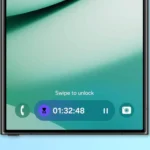







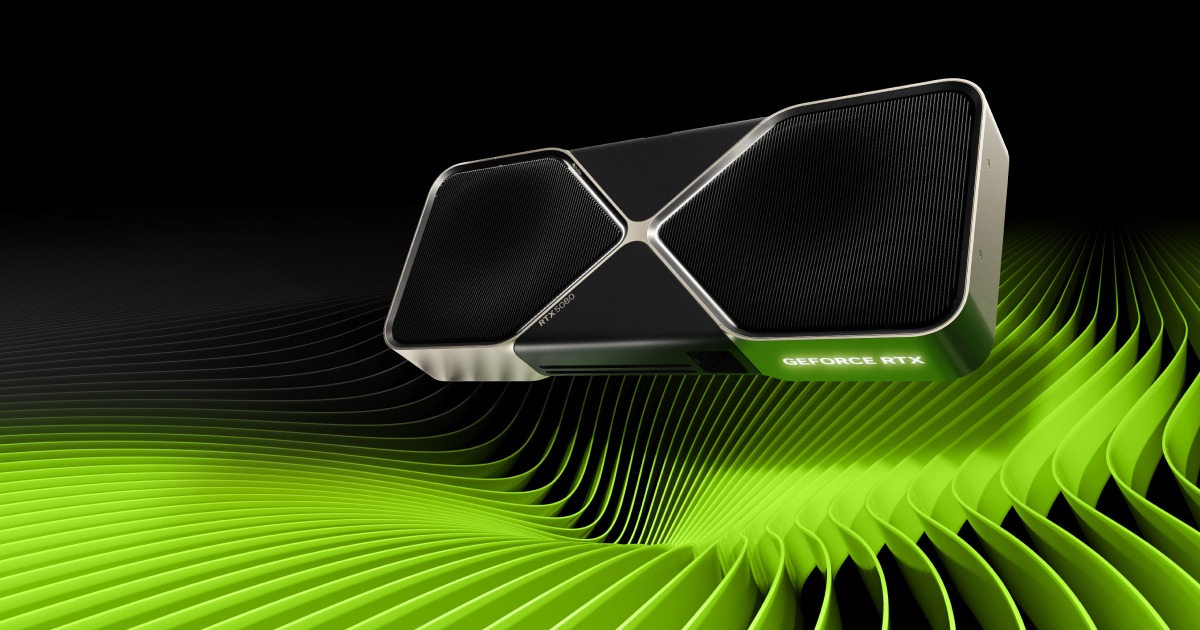




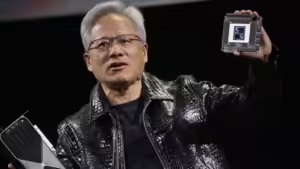
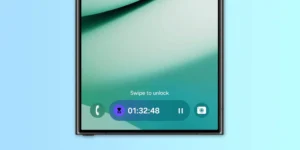
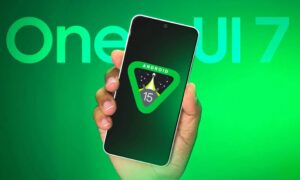
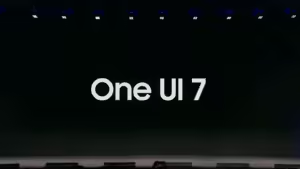
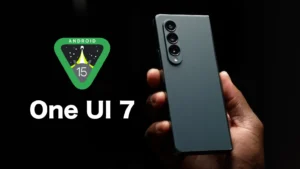
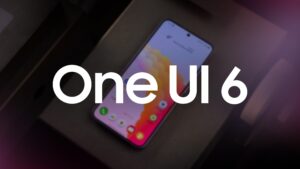
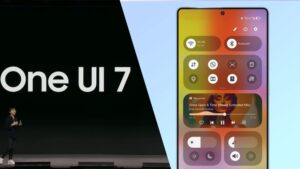
Post Comment